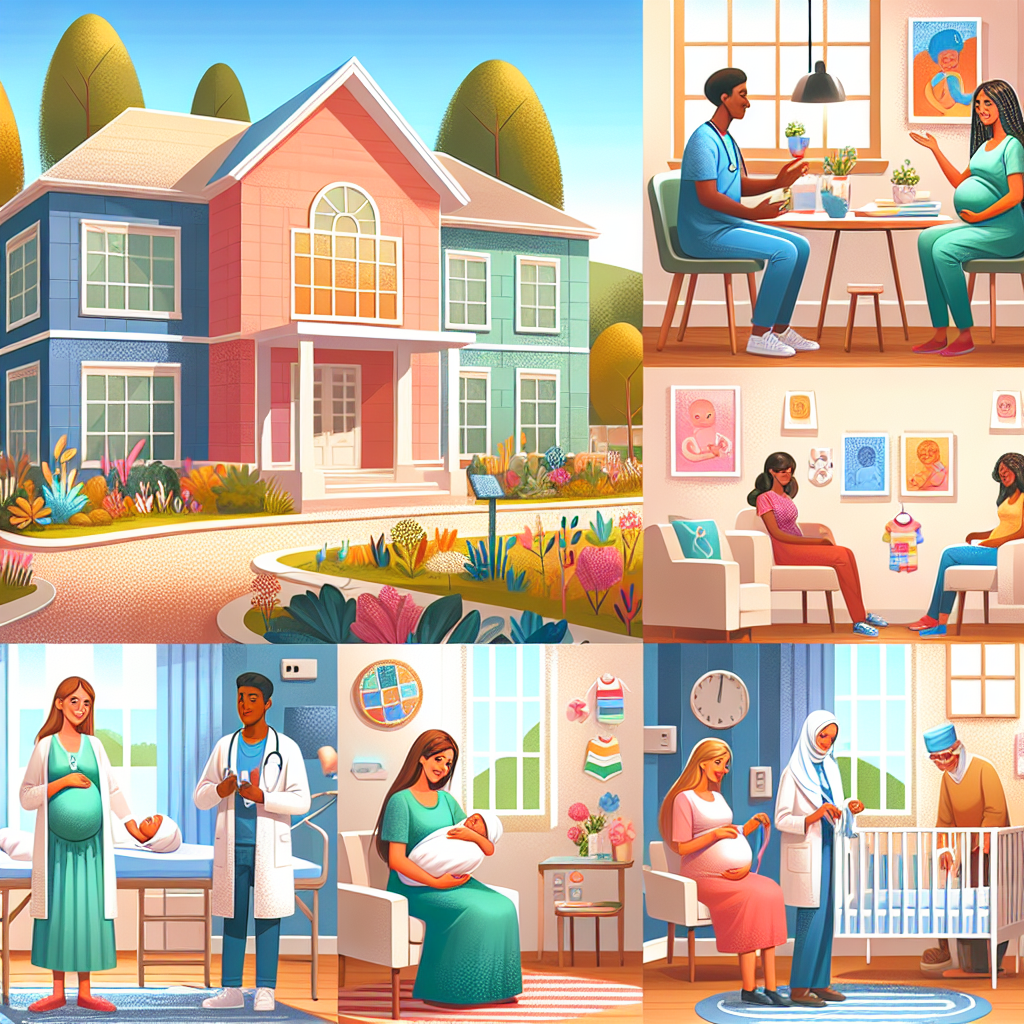Ireland's Housing Crisis: Challenges and Future Prospects
Ireland's home construction fell 6.7% in 2024, exacerbating its housing deficit. The target is 50,000 new homes annually by 2030, as prices soar 160% since 2013. Despite a 15-year high in 2023, completions lag behind demand. The government plans reforms to overcome construction hurdles.

- Country:
- Ireland
In a setback for the recently re-elected government, Ireland's home-building numbers fell by 6.7% last year, totaling 30,330 new units. The decline underscores the nation's struggle to address its acute housing shortage amid soaring demand and heightened prices, which have escalated by 160% since 2013.
Despite house completions reaching a 15-year peak of 32,500 in 2023, the figures remain short of the levels needed to meet current demand. A notable 14.5% year-on-year drop in fourth-quarter completions, largely due to fewer apartment blocks being built, contributed to lower overall numbers in 2024, according to Central Statistics Office data.
Prime Minister Simon Harris expressed optimism, projecting that nearly 40,000 new homes would be constructed in 2024. Analysts anticipate a surge in commencement notices to boost supply, with the Irish central bank predicting an increase to 37,500 completions in 2025 and 41,000 by 2026. However, the central bank warns of significant challenges in making construction financially viable to meet the ambitious goal of over 50,000 homes annually until 2050. The coalition's recent policy plan aims to streamline processes and increase zoned land to accelerate housing supply.
(With inputs from agencies.)










